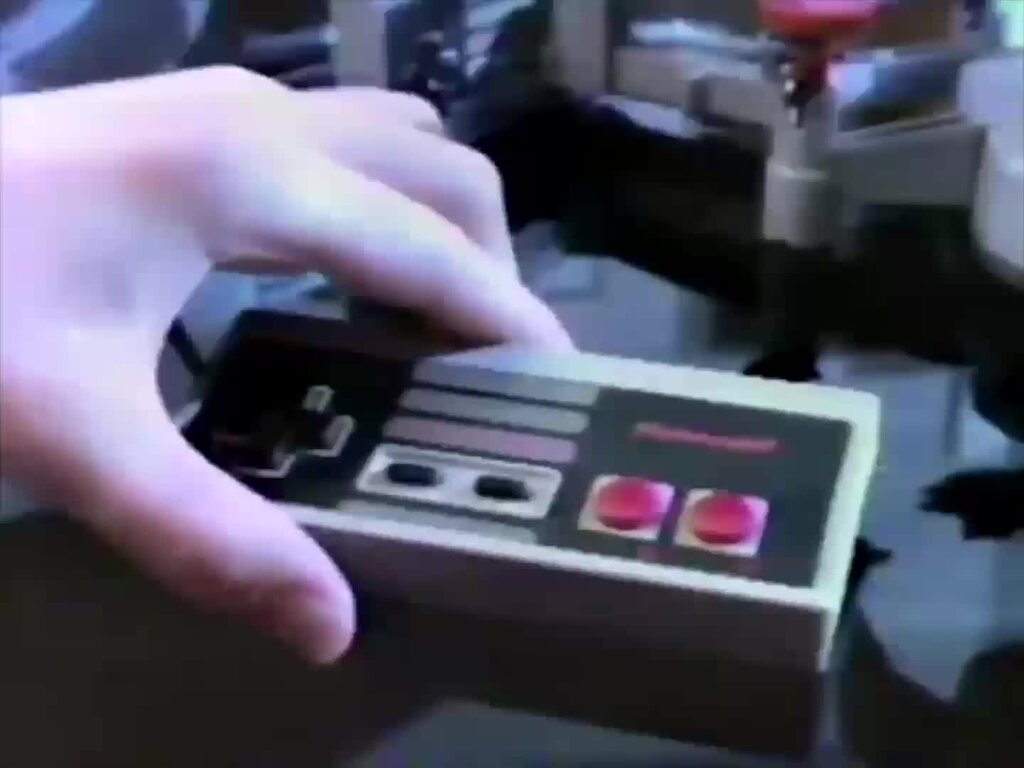Nintendo’s journey in the gaming world reflects a dynamic evolution from a niche market to a mainstream entertainment powerhouse. Over the decades, the company’s marketing strategies have mirrored its growth, with the latest Switch 2 campaign showcasing its most inclusive voice yet.
In its early days, Nintendo focused on attracting young boys with its powerful imagery. The original advertisements featured space-themed settings with children dressed like characters from ‘Star Wars’. Central to these ads was the Robotic Operating Buddy (ROB), which piqued the interest of young gamers. The slogan ‘Now you’re playing with power’ encapsulated Nintendo’s brand during this era, highlighting the thrill and excitement of their gaming experience.
By the time the Super Nintendo was released, Nintendo’s audience had matured into teenagers and young adults. The marketing became darker and moodier, with commercials like those featuring actor Paul Rudd in a foggy, strobe-lit environment. This was a significant shift, portraying video games as mysterious and edgy, resonating with the changing tastes of their audience.
With the launch of the Nintendo 64, the company embraced a new marketing ethos. The ads were vibrant and optimistic, reflecting the post-Cold War era’s can-do spirit. Emphasizing the shift to 3D graphics, the commercials promised a new dimension of gaming, urging players to ‘change the system’. However, some advertisements from this time struggled to age well, their humor failing to resonate with modern sensibilities.
The early 2000s saw Nintendo grappling with maintaining its appeal. The GameCube’s marketing aimed to capture the attention of teenagers with avant-garde commercials filled with eclectic imagery and bold taglines. Despite these efforts, the console’s sales did not meet expectations, prompting a strategic reevaluation.
The launch of the Wii marked a pivotal moment for Nintendo. Shifting away from a male-dominated market, the company embraced a broader audience, investing heavily in a campaign that highlighted the Wii’s innovative motion controls. Ads featuring Japanese salarymen visiting American homes symbolized a cultural exchange, introducing the console as a product of Japanese creativity. This approach successfully reintroduced Nintendo to a global audience, culminating in the Wii’s massive success.
However, the Wii U struggled to replicate this success. Misunderstood as an upgrade rather than a new console, its marketing failed to clearly communicate its unique features. The focus on the controller’s functionality rather than the gaming experience contributed to consumer confusion and lackluster sales.
With the Switch, Nintendo once again reinvented its marketing strategy. The ads promoted social gaming, showing people coming together to play, whether on a basketball court or a bus. This messaging was supported by the distinctive ‘click’ sound of the console’s controllers, creating a consistent brand identity. For the Switch 2, the emphasis has shifted to online connectivity, reflecting a world more accustomed to virtual interactions post-pandemic.
The Switch 2’s launch has been marked by a nostalgic yet innovative campaign featuring Paul Rudd. Returning to his roots in Nintendo commercials, Rudd’s presence bridges generations of gamers, reinforcing the idea of communal gaming. The campaign highlights the console’s online capabilities, offering a sense of ‘playing together, alone’ through voice chat and webcam features.
As the Switch 2 hits the shelves, its marketing strategy aims to capture a diverse array of gamers, balancing nostalgia with modernity. Whether this approach will resonate with a new generation of players remains to be seen, but Nintendo’s ability to adapt and innovate is undoubtedly at the forefront of this latest chapter.
Note: This article is inspired by content from https://www.nytimes.com/interactive/2025/06/04/arts/nintendo-switch-commercials-ads.html. It has been rephrased for originality. Images are credited to the original source.









Leave a Reply